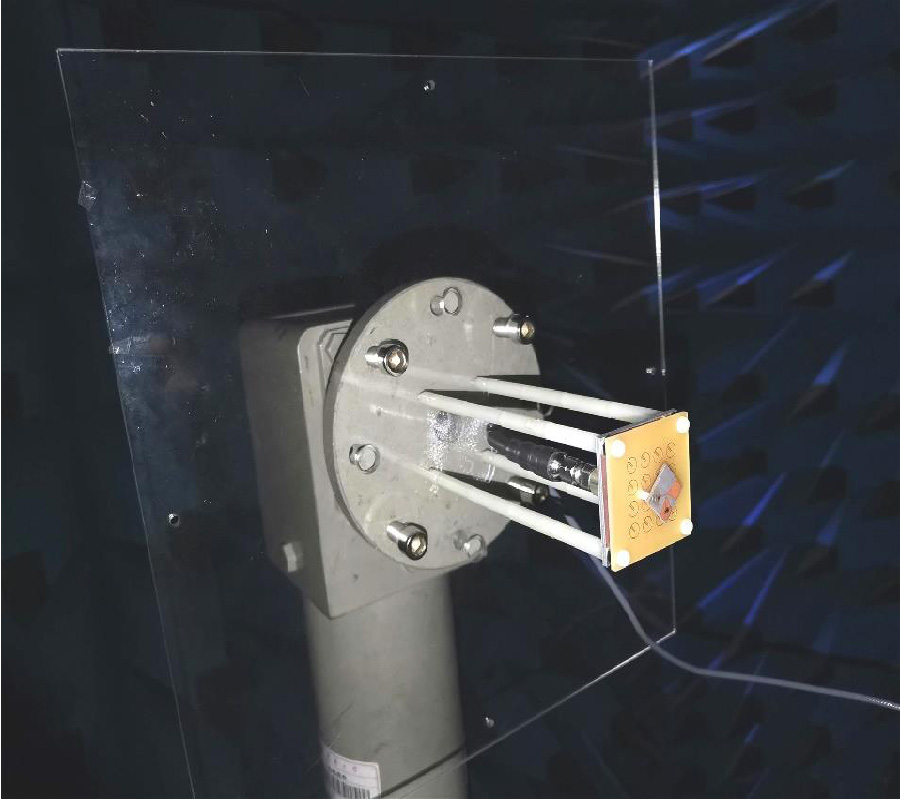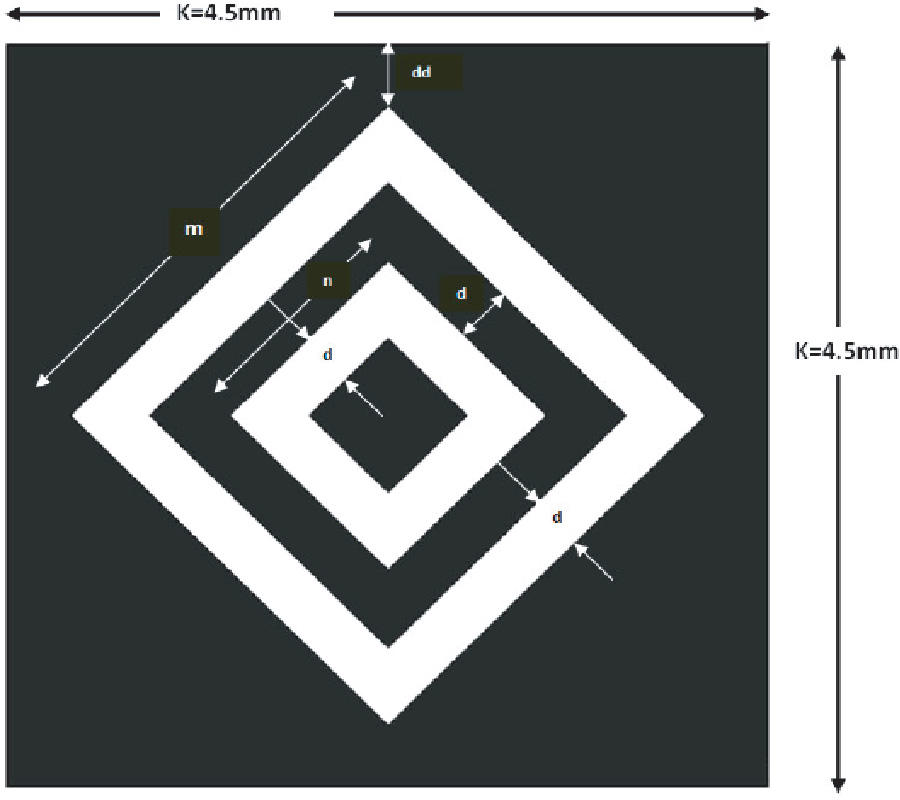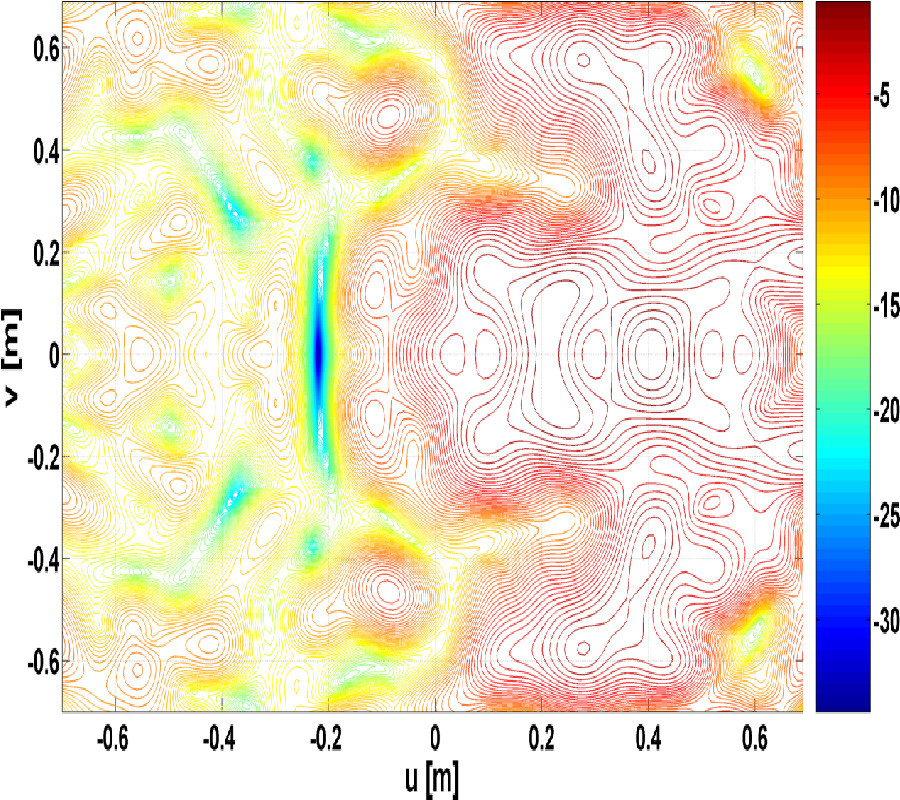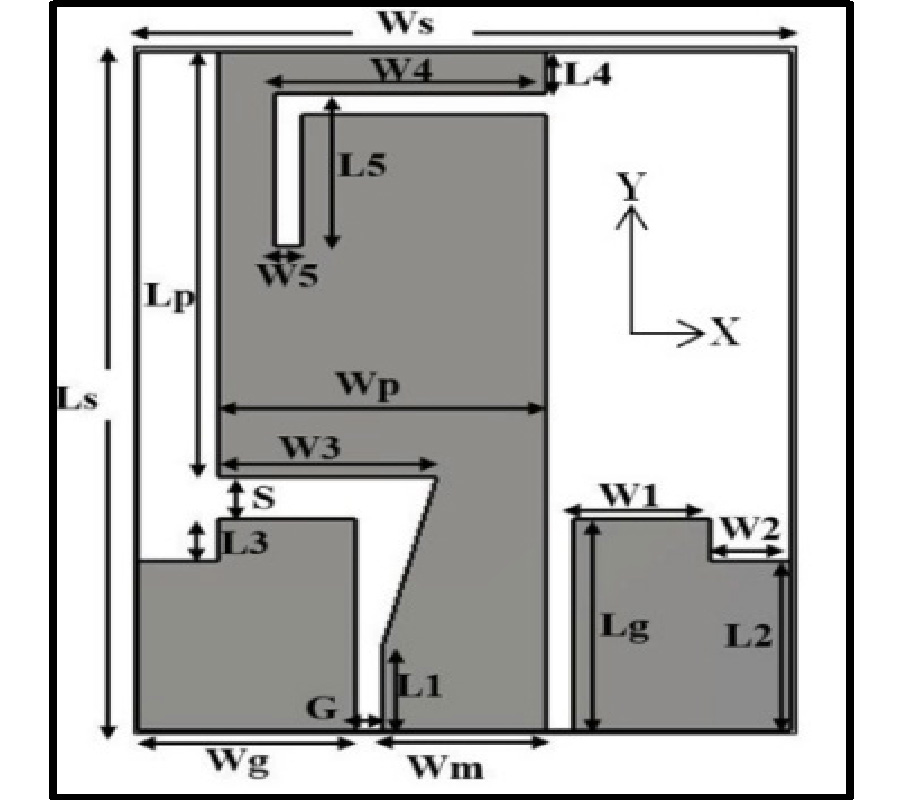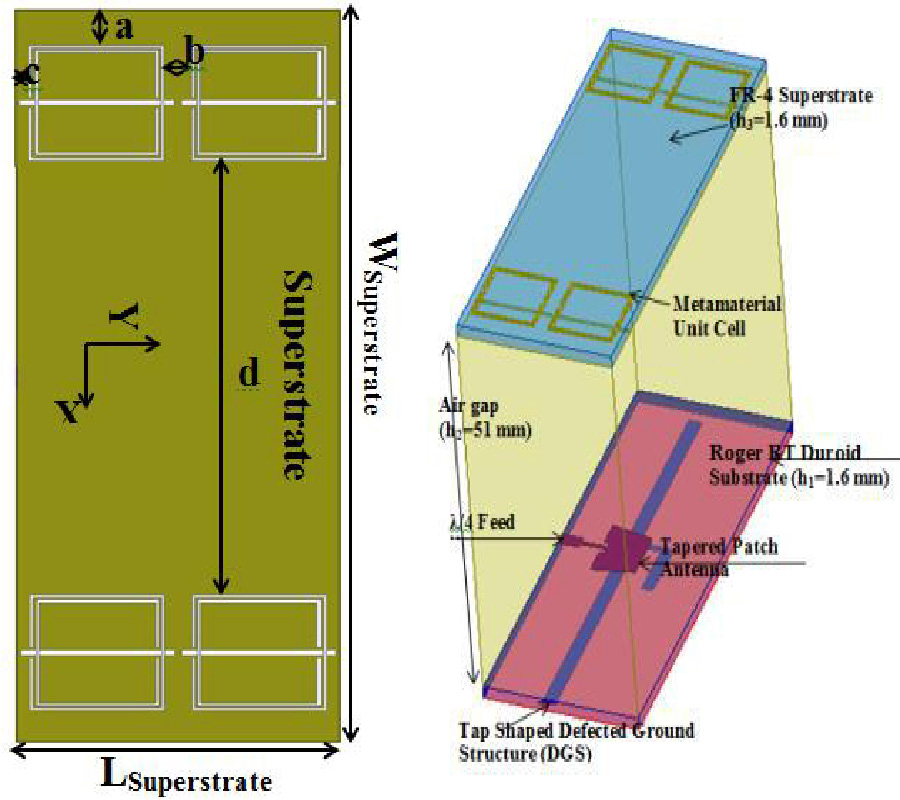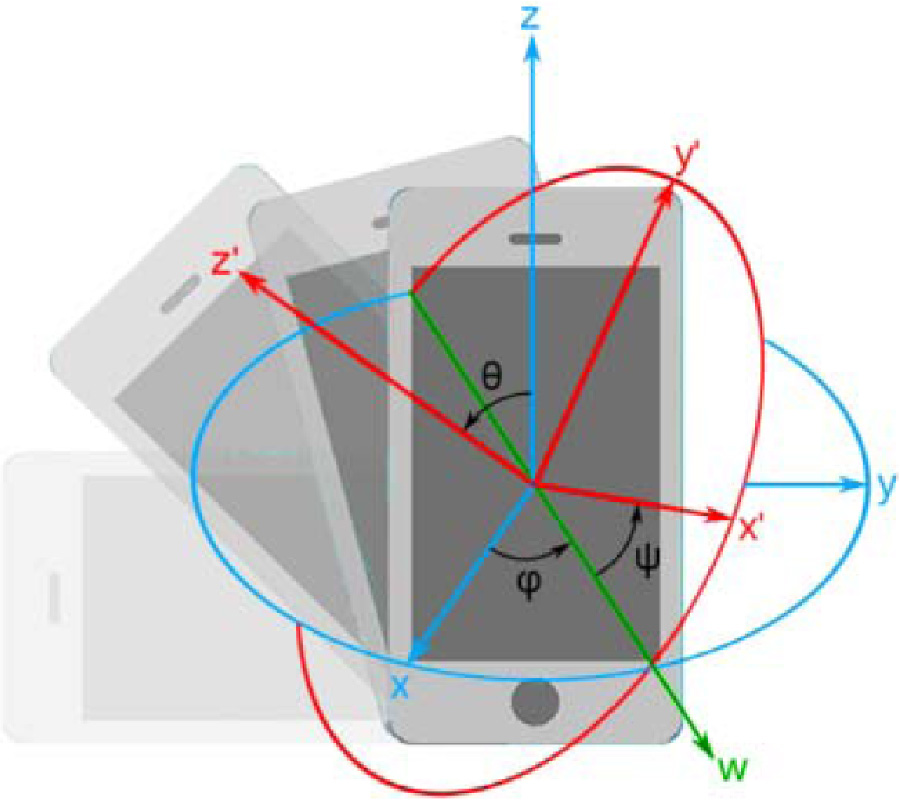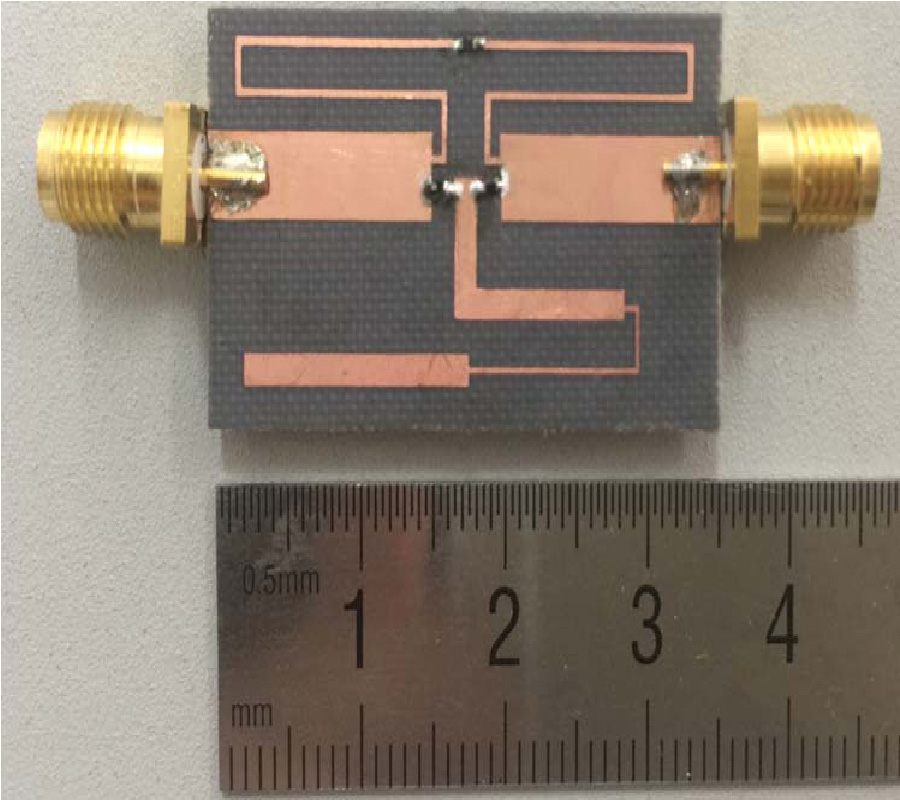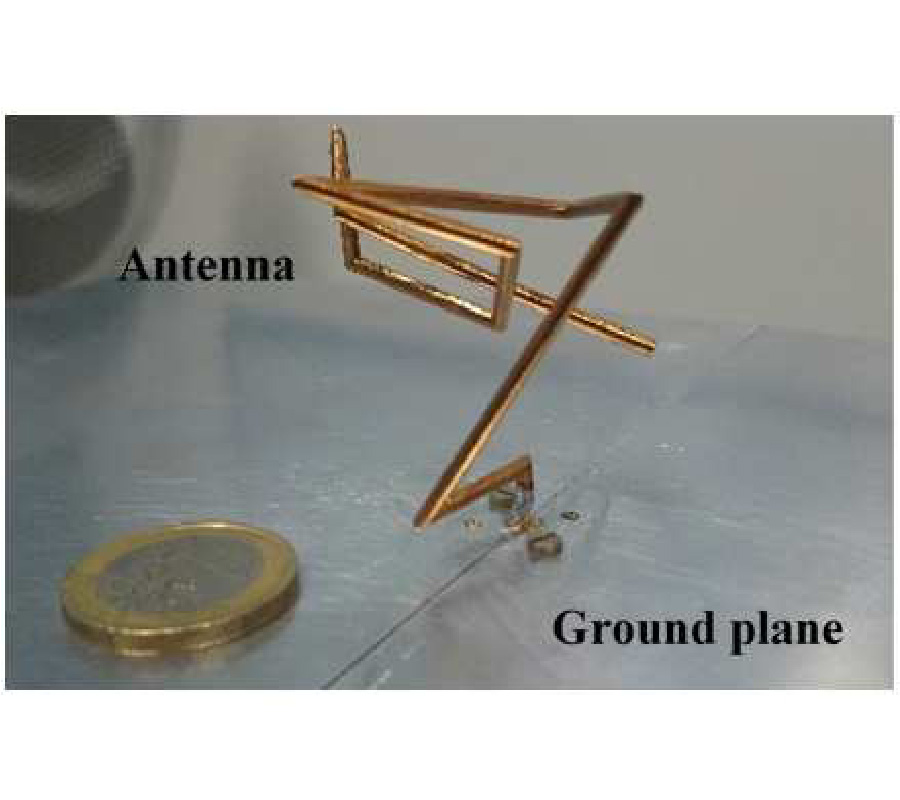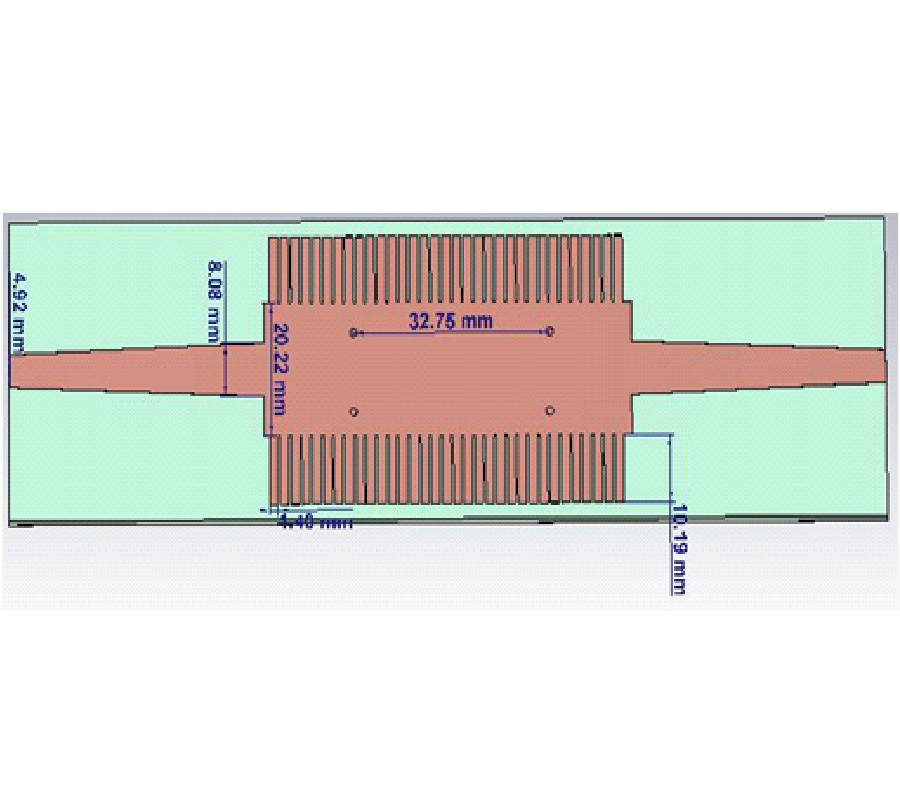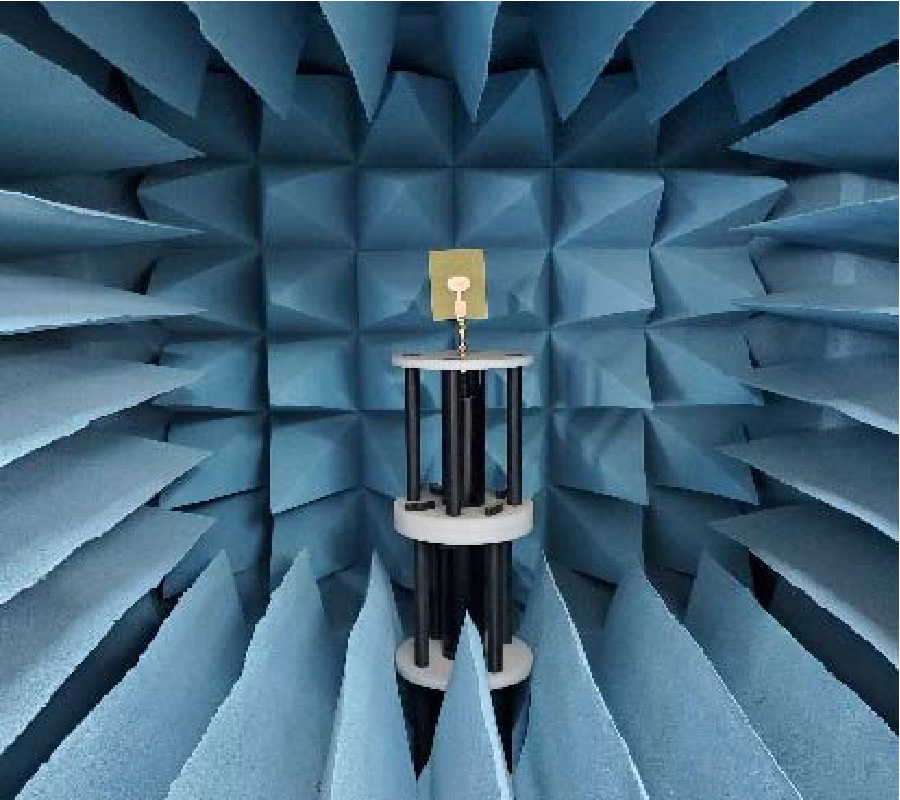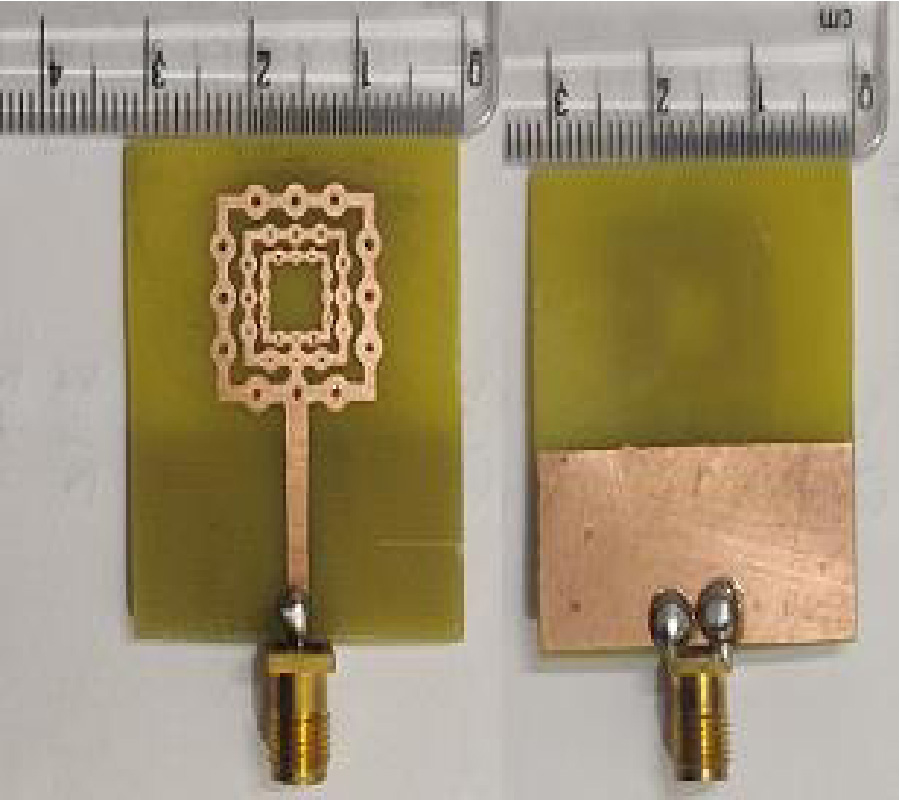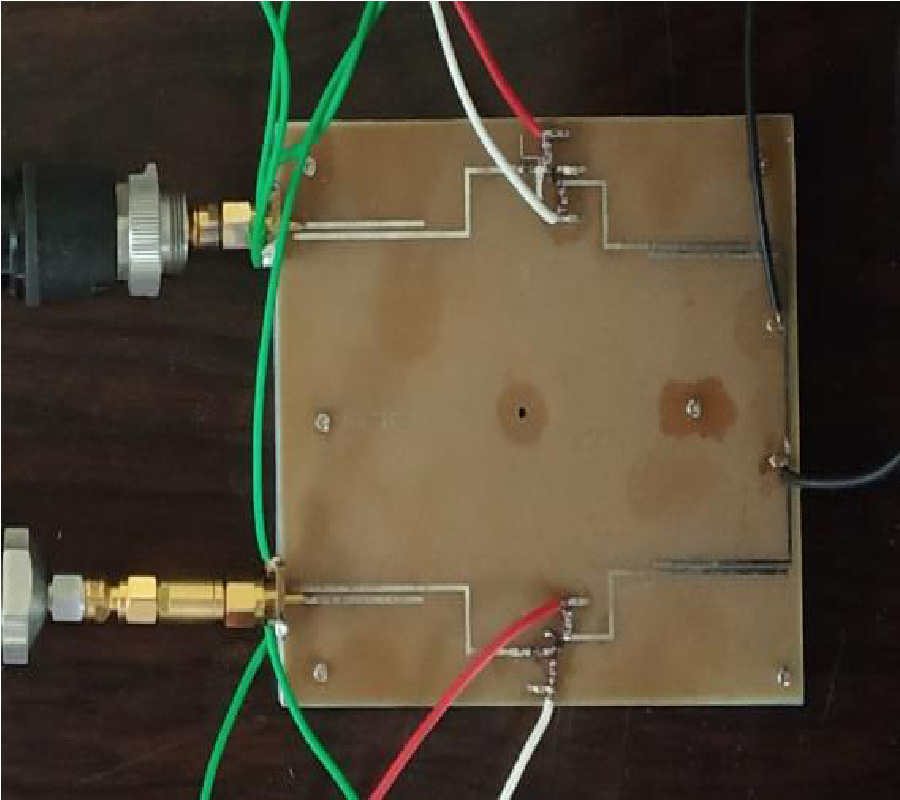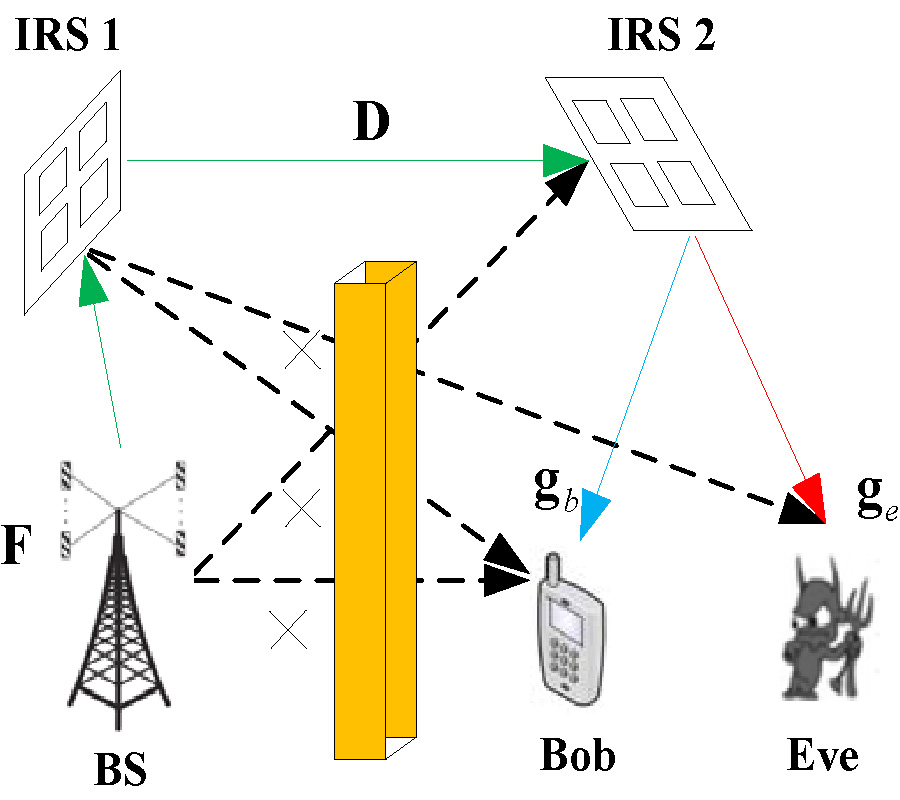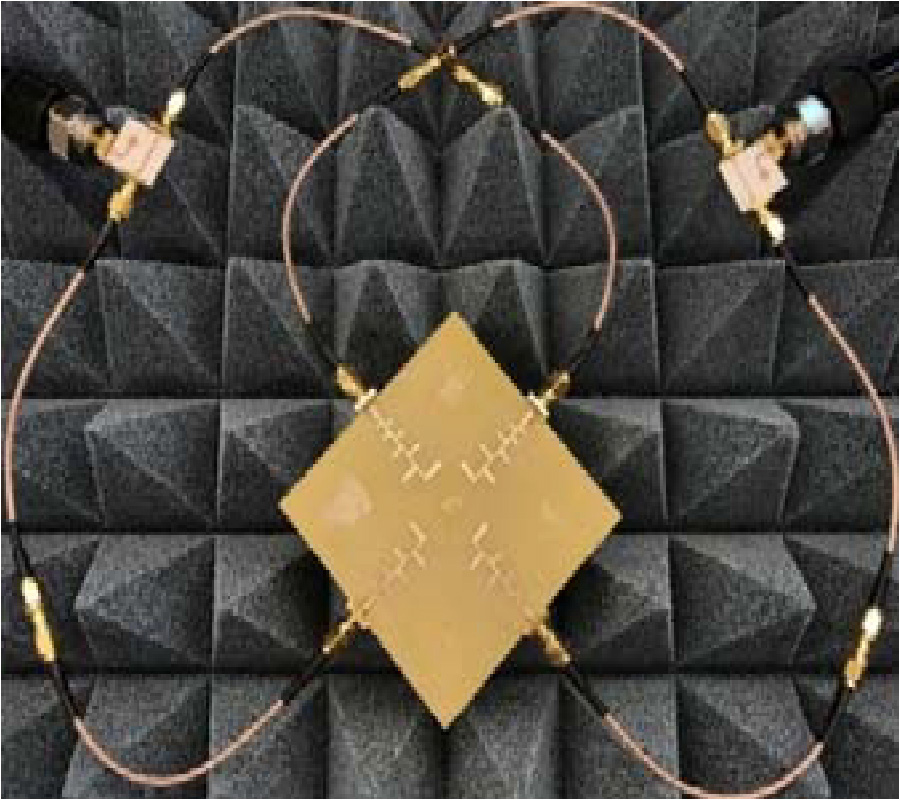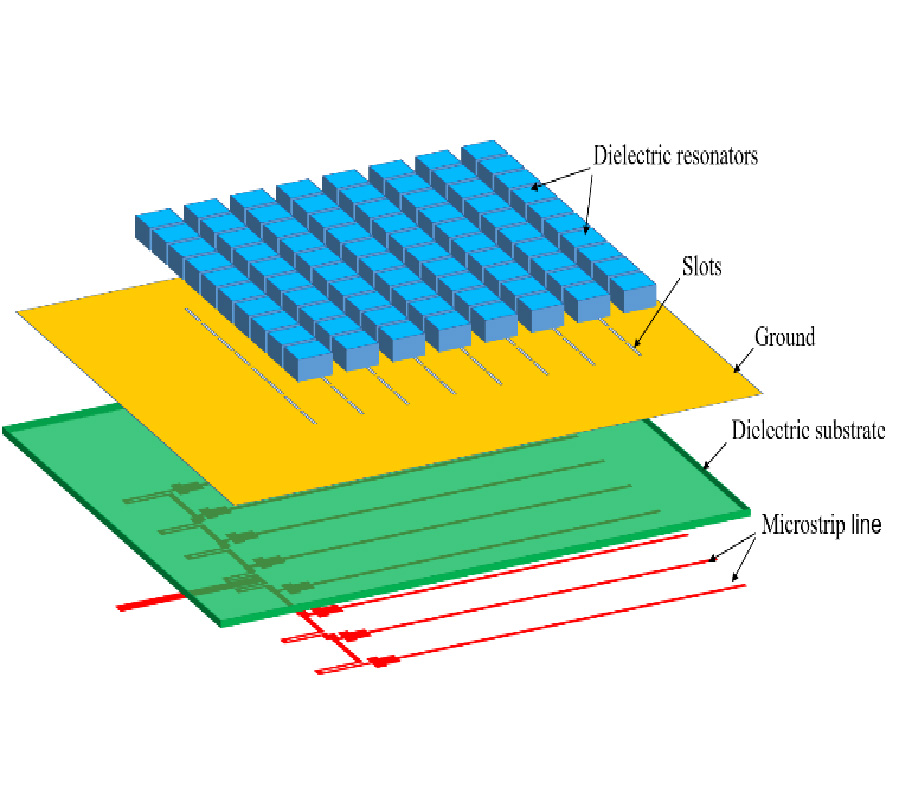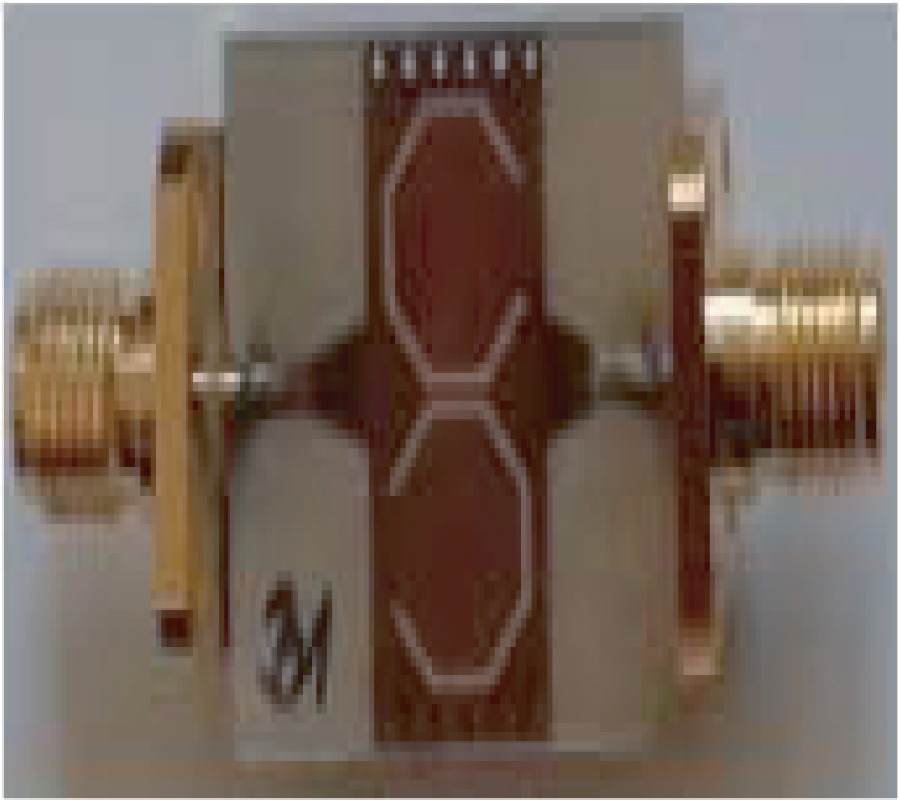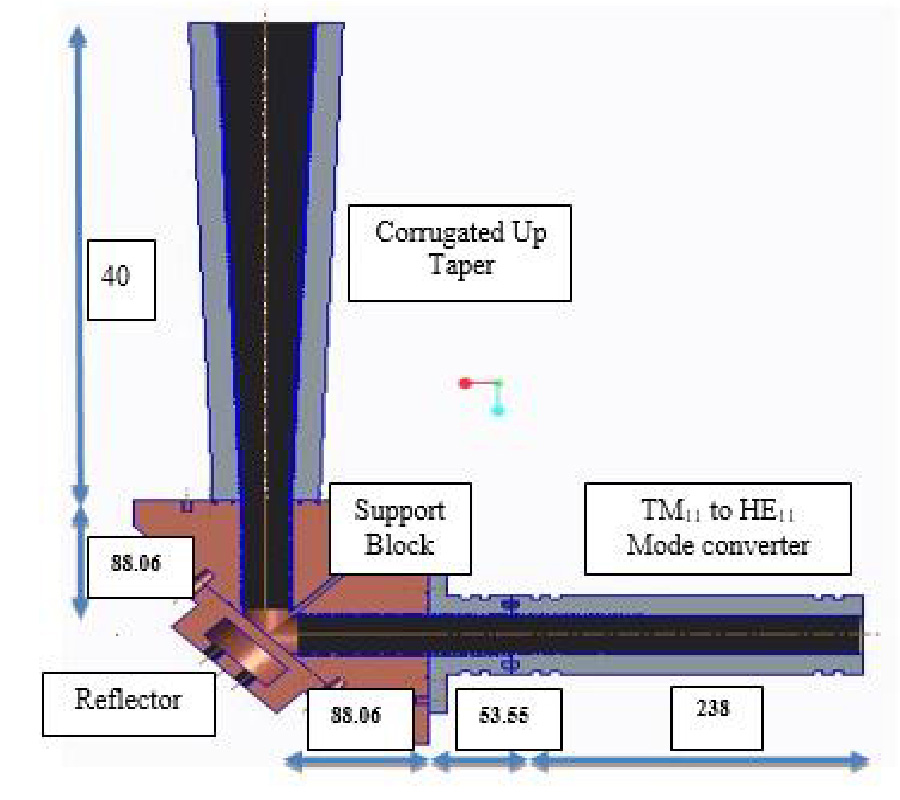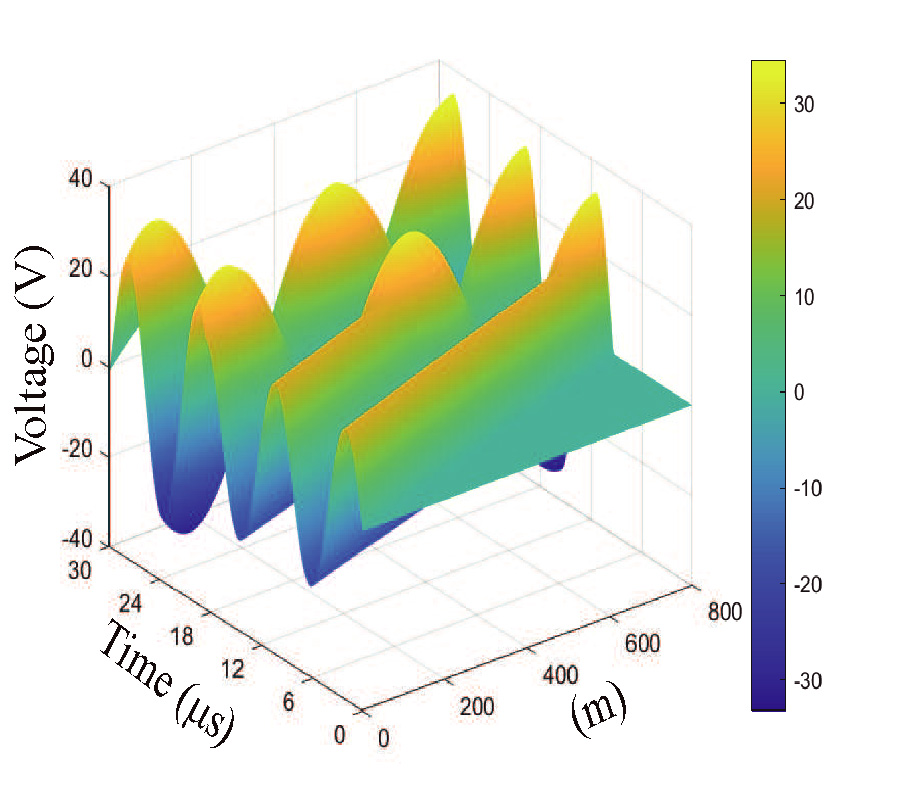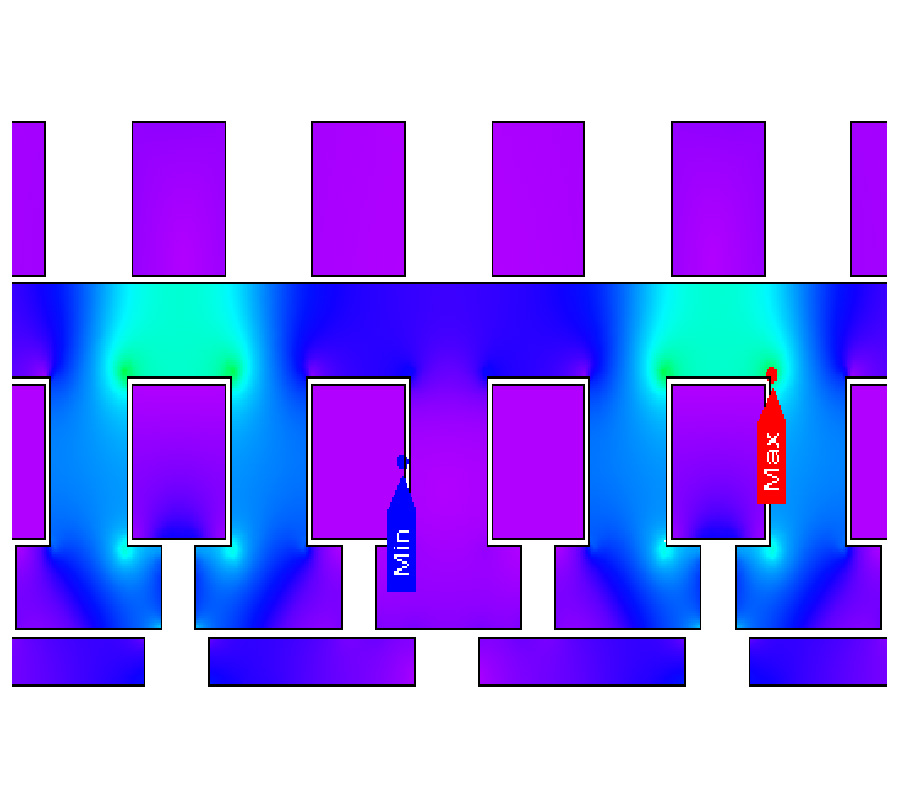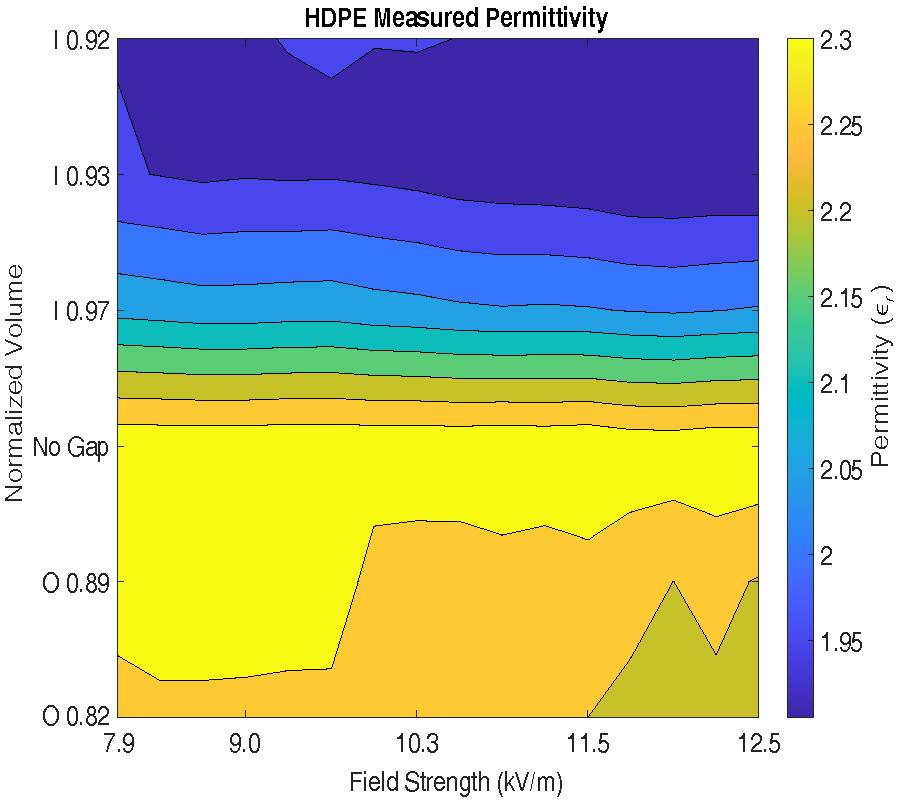Design of the Segmented-Type Switched Reluctance Linear Synchronous Motor (SSRLSM) for Domestic Lift Application
Nur Ashikin Mohd Nasir,
Fairul Azhar bin Abdul Shukor,
Nor Aishah Md Zuki and
Raja Nor Firdaus
This paper proposes an SRLSM with segmental stator pole. The segmented SRLSM which is known as SSRLSM was designed for domestic lift application. The SSRLSM was designed to fulfill the design target requirement where the lift must be able to transport a maximum 200 kg payload. This payload requires a motor with more than 2000 N thrust force at rated power of 1.5 kW. The rated current is 2.5 A. However, for the excitation current, the maximum current is taken twice of the rated current which is 5.0 A. The design of the SSRLSM was completed in two stages. The first stage is to design the stator pole length, lst, while the second stage is to design the stator pole thickness, tst. The designed models were simulated with FEM software. The simulation results show that the highest thrust produced in first stage is 6773 N. The thrust is produced by the model with stator pole length, lst, of 120 mm. Meanwhile, in the second stage, the model with the stator pole thickness, tst, of 20 mm produced the highest thrust. The thrust obtained from the model is 6903 N. Based on the analysis, the final model was selected. The model has the stator pole length, lst, and stator pole thickness, tst, of 120 mm and 20 mm, respectively.
